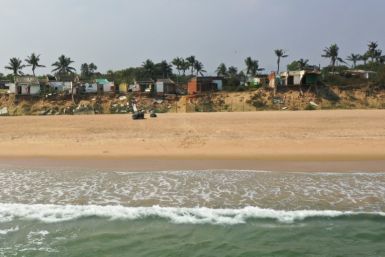More Women Go into Outback Jobs
While more Australian men are shifting to careers within the lucrative resources sector, there are also a rising number of Aussie women who are venturing into Outback jobs.
As a result, the number of female applicants for stock work rose drastically in the past four years that in the case of a cattle company, 50 per cent of its 120 station hands are women.
Jane McCauley, spokeswoman of cattle firm Kidman and Company, disclosed that majority of the applicants grew on a family property, enjoy working outdoors or with horses, and went to an agricultural college or have university degrees.
The shift is also felt at Australia's only Western jillaroo and jackaroo course in Dubbo, New South Wales, where 75 per cent of the students are females, compared to only 25 per cent in 1998.
Ms McCauley said Kidman normally seek applicants with horse riding, cattle handling and motor biking skills, and prefers employees who seek a long-term position in Australia's beef industry.
As males shift to mining work, the number of male farm workers dropped to 171,900 in 2011 from 254,400 in 1984, while compared for the same period, the number of female workers rose to 49,200 from 46,300.
However, one risk that Outback workers have been warned about by a new federal government report released last week is that climate change could wipe out small towns off the map because it would make much of inland Australia hotter and drier.
Due to the expected rise in temperature, agriculture could become a marginal activity to be caused by more frequent and prolonged droughts, according to the report by the National Climate Change Adaptation Research Facility.
The climate change would worsen the shrinking population of small towns as residents opt to live in urban areas and traditional industries such as agriculture suffer declines in output.
In the next two decades, 10 per cent of Outback towns will be lost while in 40 years, most of these small places will be totally lost, warned Andrew Beer, the report author and from the University of Adelaide's Centre for Housing, Urban and Regional Planning.
The report named White Cliffs, an opal mining centre in north-western New South Wales, as the inland town most vulnerable to climate change. Other places are high risk are those in remote locations with high percentage of people still engaged in agriculture and with a limited capacity to adapt to changes.






